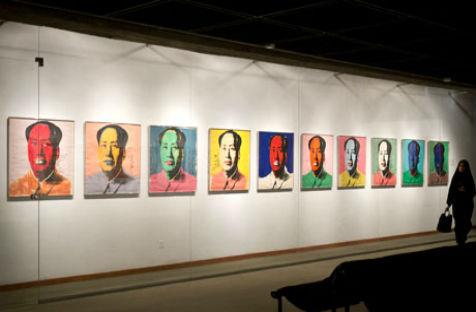Iranian artists have been badly affected by the country’s dire economic situation. A combination of harsh international sanctions and a series of ineffective government economic policies have put local artists under considerable pressure. It is estimated that Iran experienced inflation levels of 50% in 2012, causing high rent prices and high cost of living. Unlike other professions, artists’ wages have not increased and as a result, many are struggling to cope with a volatile market and unaffordable studio prices.
The sanctions, imposed in response to Iran’s ongoing development of a nuclear program, have had catastrophic flow-on effects. Bijan Rafaty recently showed work in an exhibition in Tehran, selling only one of his title paintings (out of seven). Rafaty sold one painting from the same series internationally and received double the price ($AUD15,000). He comments that, ‘I have a very hard time surviving here…more artists now are trying to meet the market, but I don’t.’
With an array of authoritarian and restrictive laws, there are few places in Iran in which public meetings can be held. Art galleries play a crucial role in Tehran’s cultural life, serving as ‘social rather than commercial forums.’ Although commercial interest in Iranian art has certainly waned in the last year, the arts scene is not beyond repair.
Foreigners and returning Iranian ex-pats are willing to pay for high quality local art. A Western diplomat explains that, ‘Art here is incredibly cheap…but it’s more impressive…the art is amazing.’ As a result of Iran’s rapid inflation, local currency has become considerably devalued. Those with access to foreign currency (foreigners and Iran’s economic elite) such as the Euro and US dollar, continue to buy art.
The outcome is that high-end, established artists have enjoyed relative security since in recent years. Constituting a small minority of Iran’s art community, this group has continued to sell, particularly to Iran’s political heavyweights. However, a Tehran art analyst who asked for anonymity stated that, ‘it’s the middle-of-the-road artists who struggle’.
This means that, while international sanctions remain in place, Iran’s art market will continue to suffer. Much depends upon the country’s unstable economy. The future is uncertain for the country’s artists and galleries.





